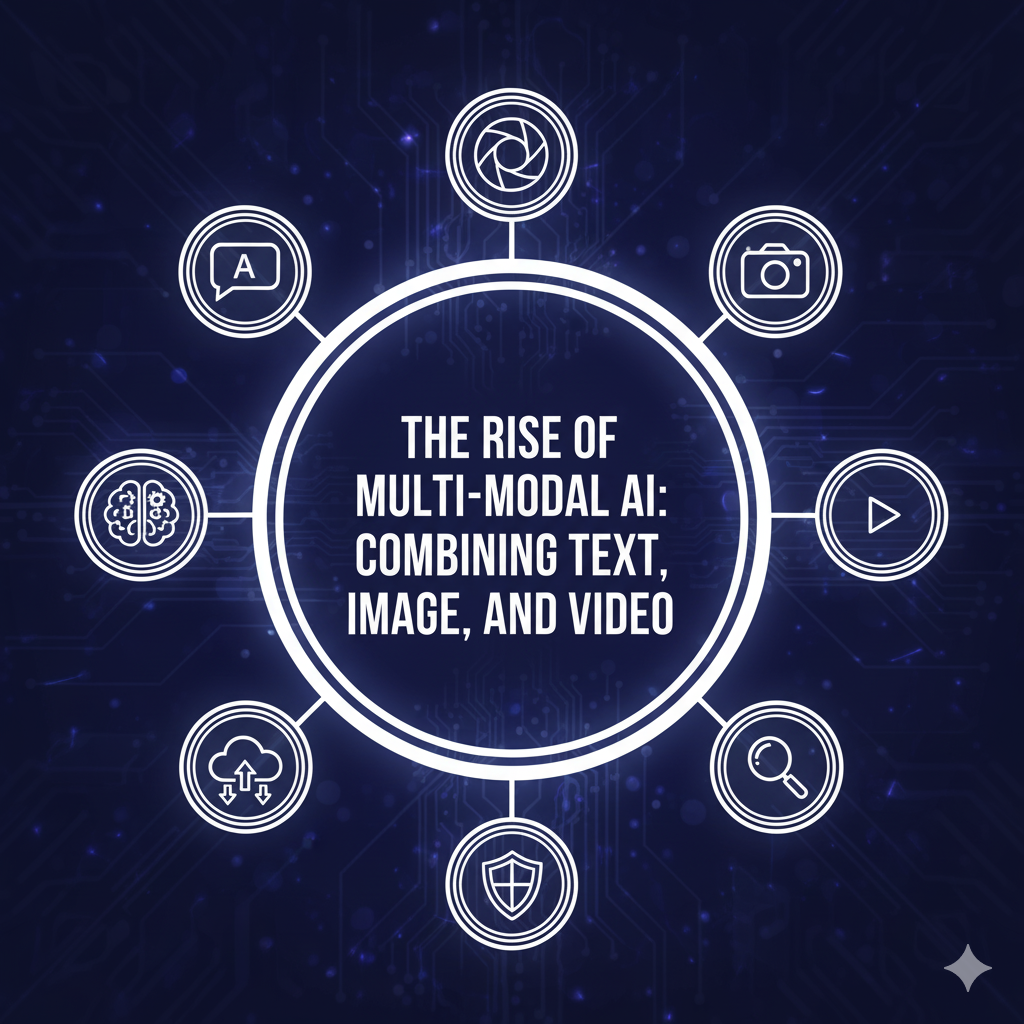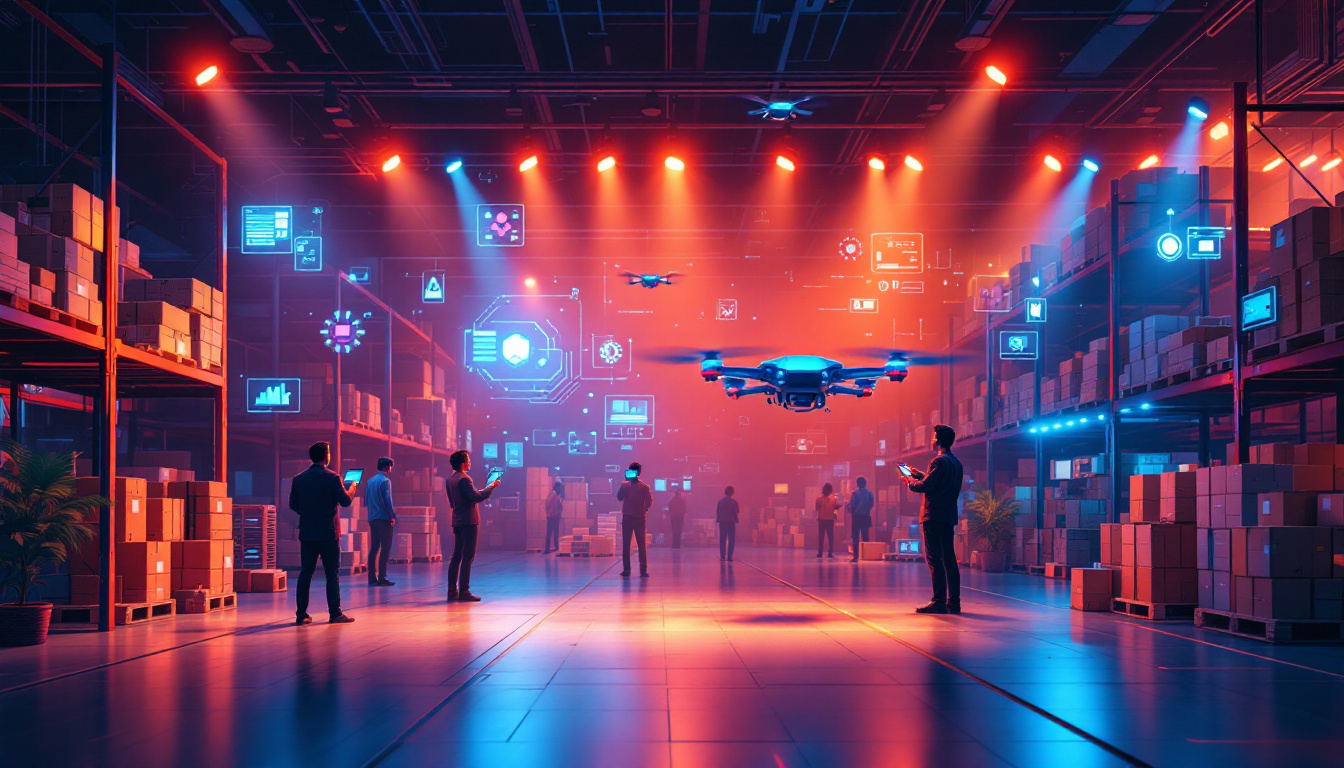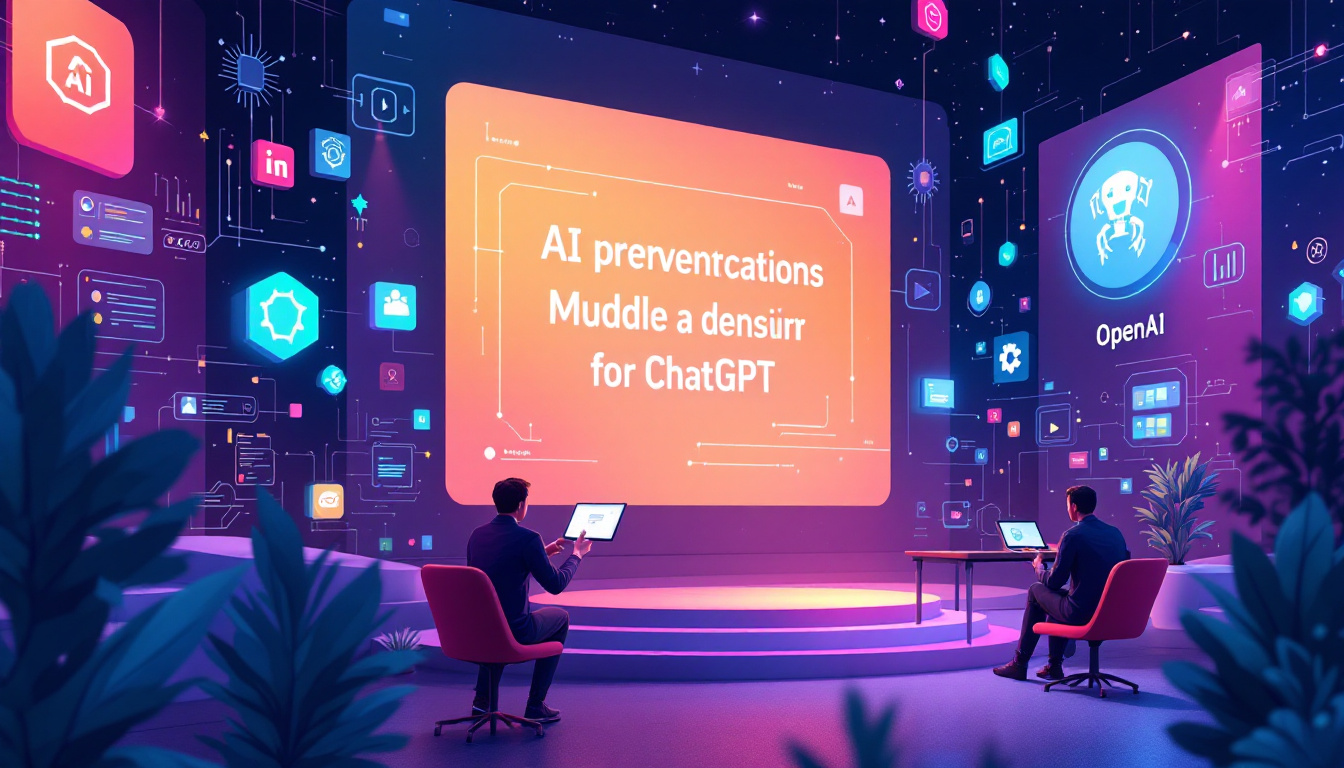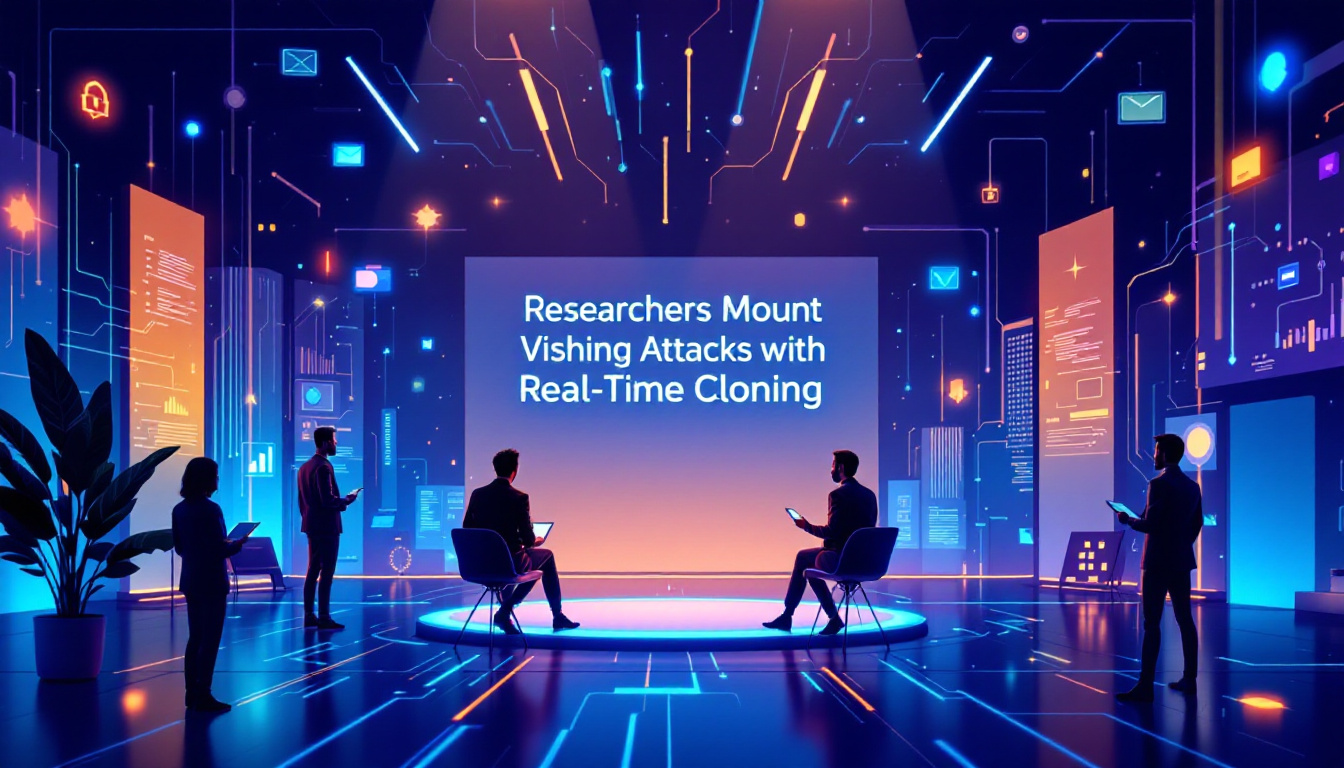The Rise of Multi-Modal AI: Combining Text, Image, and Video
Artificial Intelligence (AI) has come a long way in recent years, evolving from simple rule-based systems to powerful neural networks capable of understanding and generating human-like responses. One of the most exciting advancements in AI is the emergence of multi-modal AI, which combines different data types—text, image, and video—to create more versatile and intelligent systems.
What is Multi-Modal AI?
Multi-modal AI refers to systems that can process and integrate multiple forms of data simultaneously. For instance, a multi-modal AI model might analyze a combination of written text, visual images, and video clips to generate insights or predictions. This approach mimics the way humans interpret and interact with the world, where information often comes from a variety of sources.
"Multi-modal AI is not just the future of artificial intelligence—it's the bridge to creating truly intelligent machines capable of holistic understanding."
Why Multi-Modal AI Matters
Multi-modal AI is significant because it enables machines to achieve a deeper level of understanding and functionality. Here are some key reasons why it's a game-changer:
- Enhanced Context Understanding: Combining different data types allows AI to better understand the context of a situation.
- Improved Decision-Making: Multi-modal systems can make more informed decisions by analyzing diverse data sources.
- Broader Applications: From healthcare to entertainment, multi-modal AI has transformative potential across industries.
Applications of Multi-Modal AI
The integration of text, image, and video opens new doors for innovation. Here are some examples of how multi-modal AI is being applied:
1. Healthcare
In medical imaging, multi-modal AI can analyze X-rays (images) alongside patient notes (text) to provide accurate diagnoses. Video data from patient consultations can also be integrated to detect subtle signs of illness.
2. Autonomous Vehicles
Self-driving cars rely on multi-modal AI to process data from cameras (images), sensors, and even traffic sign text to navigate safely.
3. Content Creation
Multi-modal AI is being used to generate content such as videos that include captions (text) and relevant graphics (images). This is particularly useful for digital marketing and social media platforms.
4. Customer Support
AI-powered chatbots are now being enhanced with multi-modal capabilities to process customer inquiries involving text, screenshots, or video clips for more effective problem resolution.
How Multi-Modal AI Works
Multi-modal AI typically relies on deep learning architectures such as transformers and convolutional neural networks (CNNs). These models are designed to handle large datasets and extract meaningful patterns from different types of data. The key is to align and fuse the information from various modalities into a coherent representation.
Key Components of Multi-Modal Systems
- Data Preprocessing: Preparing text, image, and video data for analysis.
- Feature Extraction: Identifying key features in each data modality.
- Fusion Techniques: Combining data from different modalities to create a unified understanding.
Challenges in Multi-Modal AI
While multi-modal AI is promising, it comes with its own set of challenges:
- Data Alignment: Ensuring that text, images, and videos correspond to each other accurately is a complex task.
- Computational Resources: Processing multiple data types requires significant computational power.
- Data Privacy: Combining data from different sources raises concerns about user privacy and security.
Future Trends in Multi-Modal AI
As the field of AI evolves, we can expect the following trends to shape the development of multi-modal systems:
- Better Alignment Models: Advances in machine learning will improve the ability to align data across modalities.
- Real-Time Processing: Faster hardware and optimized algorithms will enable real-time multi-modal analysis.
- Ethical AI: Greater emphasis will be placed on ethical considerations, including fairness and transparency in multi-modal systems.
FAQs on Multi-Modal AI
What industries benefit most from multi-modal AI?
Industries such as healthcare, automotive, entertainment, and customer service are seeing significant benefits from multi-modal AI applications.
What tools are used to build multi-modal AI systems?
Popular tools include TensorFlow, PyTorch, and frameworks like OpenAI's CLIP, which specialize in multi-modal learning.
Is multi-modal AI the same as general AI?
No, multi-modal AI focuses on processing multiple data types, while general AI refers to machines that can perform any intellectual task like humans.
Conclusion
Multi-modal AI is paving the way for smarter, more versatile machines that can better understand and interact with the world. By integrating text, image, and video data, these systems offer a holistic approach to problem-solving and innovation. As technology continues to advance, the possibilities for multi-modal AI are virtually limitless.



